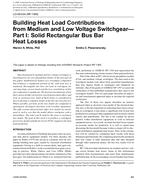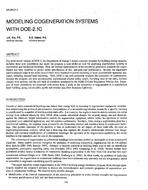When calculating rates of weight loss from fruits and vegetables held at constant temperature and humidity, it is common to assume that the weight loss is due only to evaporation of moisture, that the mass transfer coefficient is dependent only upon properties of the product surface, and that the vapor pressure at the evaporating surface is the saturation vapor pressure of pure water at the same temperature as the surrounding air. Under certain conditions, these assumptions result in little error. In other instances, accurate calculations require consideration of certain additional factors. These include: carbon loss as part of the total weight loss; air film resistance as it affects the overall mass transfer coefficient; respiratory heat generation, evaporative cooling, convective and radiative heat flows, as they affect the temperature of the evaporating surface; and vapor pressure lowering due to dissolved substances. The influence of these factors on calculated weight loss rates for apples, peaches, and Brussels sprouts is shown for two temperatures, four air flow rates and ten levels of relative humidity.
Citation: Symposium, ASHRAE Transactions, 1985, vol. 91, pt. 1B, Chicago
Product Details
- Published:
- 1985
- Number of Pages:
- 18
- File Size:
- 1 file , 1.9 MB
- Product Code(s):
- D-CH-85-15-2


